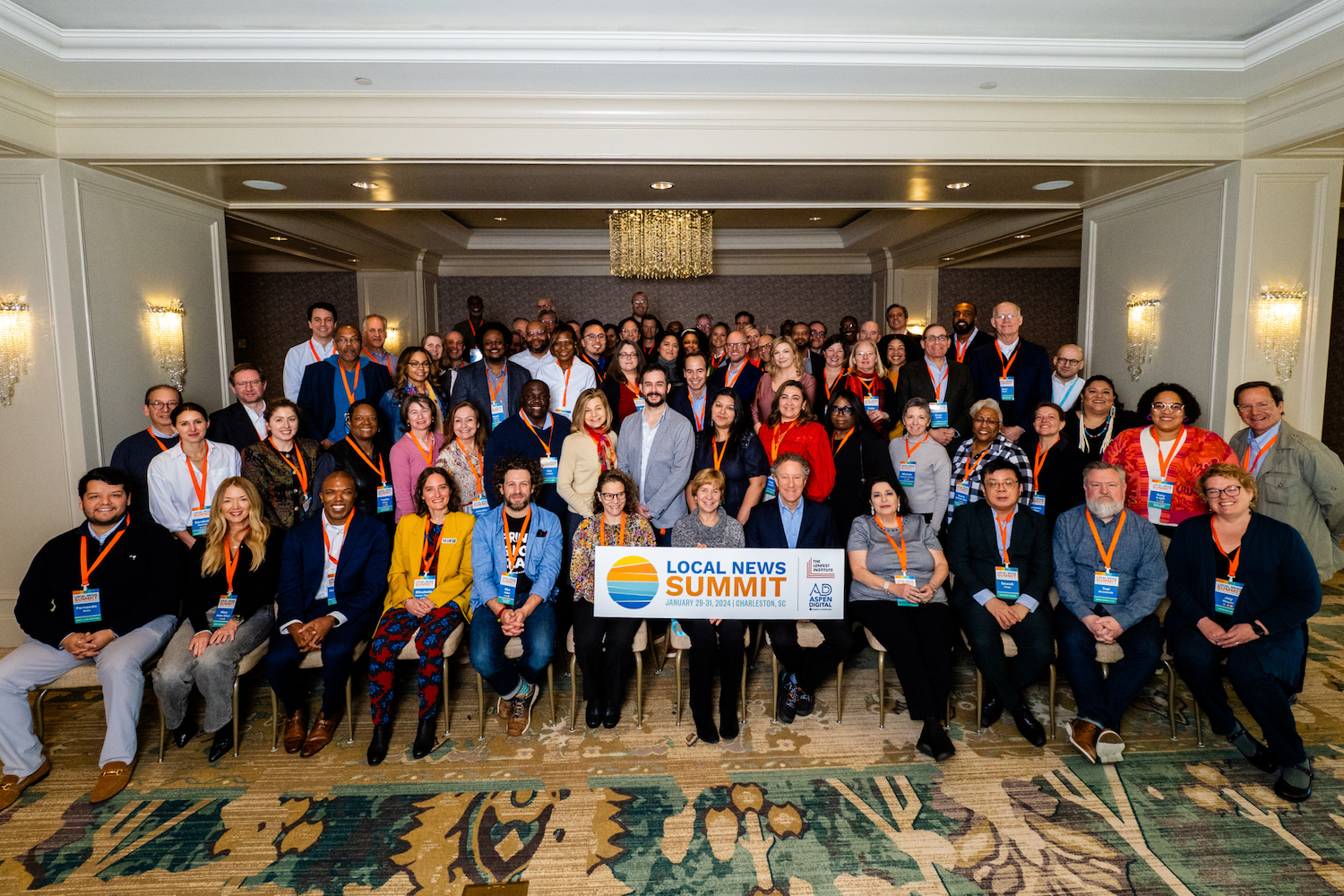Announcing the 2023 winners
15 great descriptions of AI tools in action, selected from 100s of candidates representing 80+ publications worldwide.
15 great descriptions of AI tools in action, selected from 100s of candidates representing 80+ publications worldwide.
We envision a future where digital and information ecosystems empower communities and strengthen democracy. Our mission is to connect and spark policy action among those crucial to making our interconnected world accessible, safe, and inclusive — both online and off.

Product equity experts from Adobe and Creative Reaction Lab join the Tech Accountability Coalition for an evening reception and one-on-one conversation.

Lessons from the 3rd annual Local News Summit show how local news leaders are tackling the challenges of our time.

What role has AI played in 2024 elections across Taiwan, Argentina, and Slovakia? What does this mean for those happening later in the year?

While it’s great for fiction to inspire what the future could look like, it can be dangerous if those fantasies creep into reporting on AI.

Top talent is leaving cybersecurity due to heavy workloads and burnout, making retention one of the biggest problems facing the field today.

Amid retention and recruitment gaps, manufacturers are considering automation. But without also centering job quality, this may do more harm.